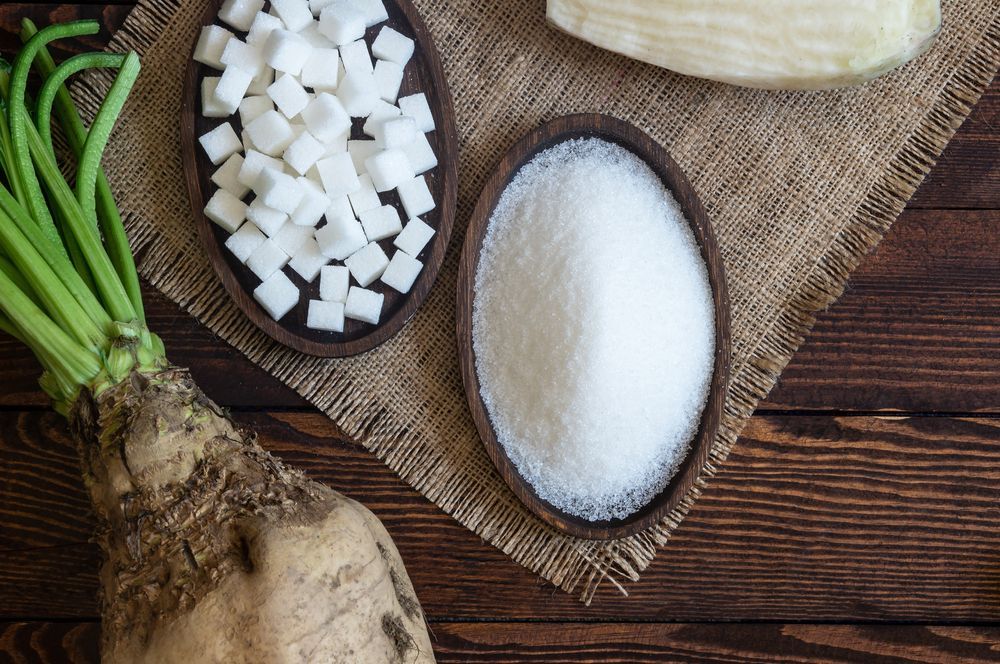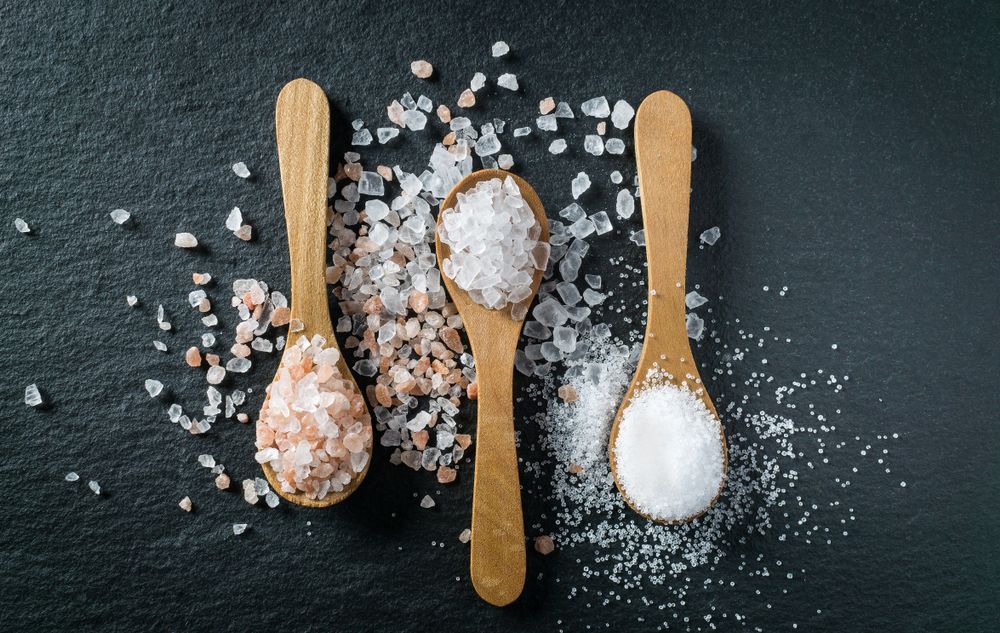How is Sugar Processed?
If you've ever heard the term "sucrose," know that you've likely always heard this organic compound referred to by its more common name - sugar. It's typically extracted from plants, with sugar cane and sugar beet being the two most prominent examples.
Interestingly, sugar beets are a relatively new development (in the grand scheme of things). They weren't really used until halfway through the 1800s. Sugar cane, on the other hand, has been used to produce sugar for literally thousands of years. Sugar that comes from beets is primarily seen in areas of the world like Europe and Russia, while sugar cane is more common in the United States and China - although they often use beets, too.
Many people don't realize that sugar is actually one of the oldest commodities on the planet. It was first domesticated by those in New Guinea in around 8000 B.C. Almost instantly, people began to recognize its value - to the point where it was often carefully safeguarded to protect against theft. In terms of the United States' role in the history of sugar, it began in 1751 when the first sugar cane was planted in Louisiana.
Flash forward to today and sugar is actively produced in more than 120 countries around the world. Even here, it is the product of the hard work and dedication of thousands of people spread out over 22 states.
How is Sugar Prepared from Sugar Cane?
There are a lot of people out there who take sugar for granted - to the point where they don't realize just how intense the process of producing it from sugar cane actually is. By understanding the process, one can begin to gain a newfound appreciation for the dedication and passion that goes into something we all love so much.
- Harvesting. When sugar cane grows to between 9 and 12 feet in height, it is harvested so that it can begin its processing journey. While there was a time when sugar cane was harvested by hand, these days the plants are obtained from vast fields through specially designed mechanical equipment. Once dirt, rocks, and other debris have been removed, those plants are then loaded onto trucks so that they can head straight to a factory.
- Wash & Initial Prep. After the harvested stalks of sugar cane are carefully washed, they are then cut into shreds. Picture a factory filled with vast assembly lines and massive drums of water that are all dedicated to washing sugar cane as effectively as possible. Even the shredding/slicing process is intense, as sugar cane moves across conveyor belts during this time.
- Extraction. Those shreds are then crushed down so that they can be used to process juice. Sugar cane shreds go through a sophisticated milling process that compresses them down and separates the juice from the bagasse. Fun fact: that leftover bagasse doesn't just get disposed of. It is often later used as a source of reliable fuel.
- Purification of Juice. A unique lime solution is often added to the raw juice to help remove any impurities or other contaminants that may be present. Any non-sugar materials are separated from the sugar juice, leaving behind something that is exceptionally pure. As a result of this purification process, the color of the juice is also lightened.
- Crystallization. Once purified, a vacuum pan is used to carefully evaporate the juice. Soon, it is saturated with sugar crystals via a process referred to as seeding. The solution that is left, which is often pure sucrose, is mixed with alcohol and glycerin. Sugar grains help draw out the sugar in the solution, which is then converted into crystals.
- Centrifugation. At this point, the sugar crystals get spun in a centrifuge. This helps remove any excess liquid, all while producing the highest quality raw sugar possible. The centrifuge is another impressive piece of equipment used during this process. Some of them can rotate between 1,000 and 2,800 times per minute. After the sugar goes through this process, it is then sent to storage tanks. Spring water is used to carefully clean the sugar crystals as they pass through the centrifuge.
- Drying & Packaging. Those sugar crystals are further purified and then dried. The moisture content of the air during this time can often be as low as 0.02%. A granulator is then used for the rest of the drying process. A series of vibrating screens are used to separate the sugar crystals into various sizes. Each size gets its own bin to simplify the distribution process moving forward. At this point, the sugar can be packaged and shipped to distributors, grocery stores, food manufacturers, and any other entity that needs them.
How is Sugar Made from Beets?
When sugar processing involves beets, it goes through a very similar process with a few key differences. Beets are still cut into strips, at which point they are inserted into a large tank of hot water. They get soaked to break the cell membranes, which allows sucrose to be extracted via osmosis.
A brown sugary pulp results from this, which is then used in a diffusion chamber to extract as much sugar as possible. The raw sugar juice is then ready for the purification process, at which point things continue on more or less as they would if you were still talking about sugar cane.

Why Choose Indiana Sugars' Product?
At Indiana Sugars, we're proud of the level of care and attention to detail that we've shown to customers for almost 100 years. This is a multi-generation, family-run business that takes your needs seriously. This is true not just when it comes to sugar but also granulated sweeteners, liquid sweeteners, and more.
Your customers depend on you for the highest quality products, and you need exceptional ingredients to meet those needs, which is exactly what we've dedicated ourselves to providing.
To find out more information about
how sugar is processed, or to speak to someone about your business' own unique needs in a bit more detail, please don't delay -
contact the team at Indiana Sugars today.











